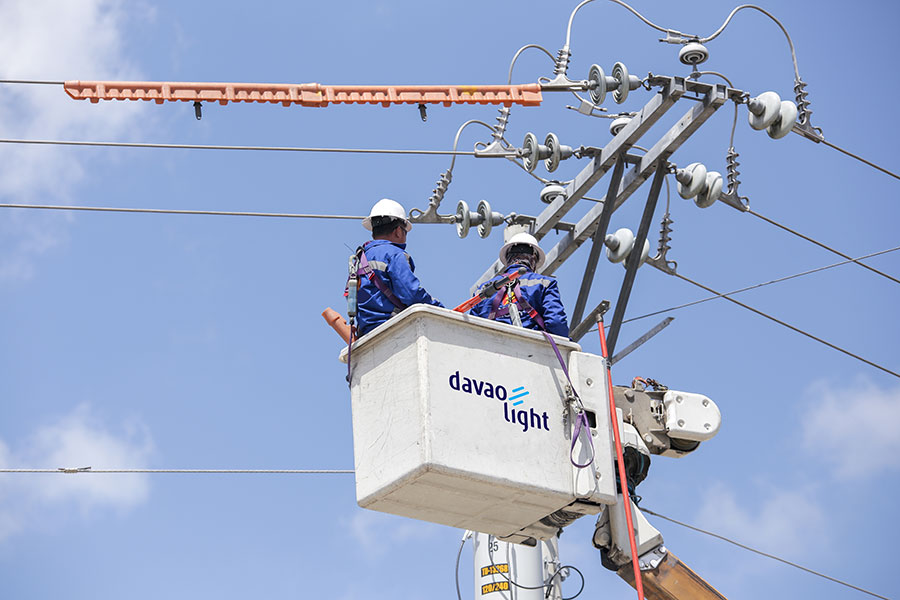To support the influx of more variable renewable energy (RE) into the Philippine power mix, Aboitiz Power Corporation (AboitizPower) President & CEO Emmanuel Rubio pointed out the need for land and financial resource availability, a skilled workforce, expanded power lines, and baseload capacities that can balance intermittencies.
“The primary target that we’re really aiming at for 2030 is growing the renewable portfolio and adding 3,700 megawatts of new renewable energy capacity,” the executive said during the Manila Times’ “Environmental, Economical Generation” energy forum at Century Park Hotel Manila held recently.
“This requires land, competitive financing, talents who would develop these projects, and, of course, transmission availability — given that renewable energy is resource-focused, we can only build projects where there are resources [available],” he explained.
AboitizPower had indicated its goal to build 3,700 MW of new RE capacity en route to 4,600 MW by 2030. Aligned with the Philippine government's target of a 35% RE share in the nation's energy mix by 2030, this includes projects in solar, wind, geothermal, hydro, and battery energy storage systems.
Currently, together with its partners, AboitizPower offers the largest RE portfolio in the Philippines based on installed capacity under its operational control.
“What’s driving the impetus to build renewable energy projects is because we have to. Climate change is real and we need to transition to cleaner fuels,” Rubio pointed out. “[But] variable renewable energy is not the only solution. It has to be balanced with a balancing power plant like a gas plant.”
Recently, AboitizPower, through its subsidiary, Therma NatGas Power, entered into an investment agreement with Meralco PowerGen Corporation to acquire a 40% stake in Chromite Gas Holdings, marking its entry into the liquefied natural gas (LNG) space.
Chromite Gas plans to acquire an interest in two gas-fired power plants with an eventual combined capacity of 2,500+ megawatts, as well as an LNG import and regasification terminal.
“Projects like this need economies of scale. The country can only afford one terminal to be competitive. Not everyone can put their own terminal and build an LNG facility,” Rubio said. “Economies of scale will ensure a competitive supply to consumers.”
Gas-to-power generation is considered a natural complement to variable RE because LNG-powered turbines are able to cycle more quickly to meet the inherent intermittencies of RE sources like solar and wind. This helps ensure grid stability, especially amidst the influx of more RE sources into the grid.
Under the Clean Energy Scenario of the Philippine Energy Plan, it was forecasted that 50% of gross generation will come from RE sources while 26% will be from LNG by 2040.
“For new capacities, especially a major one, LNG, being considered a transition fuel, is the option today for baseload power,” Rubio said. “It will take us into lesser emissions and lesser carbon intensity in the next 20 years until, of course, new technologies [become] available that can replace LNG. That would probably be nuclear for baseload.”
.jpg)


